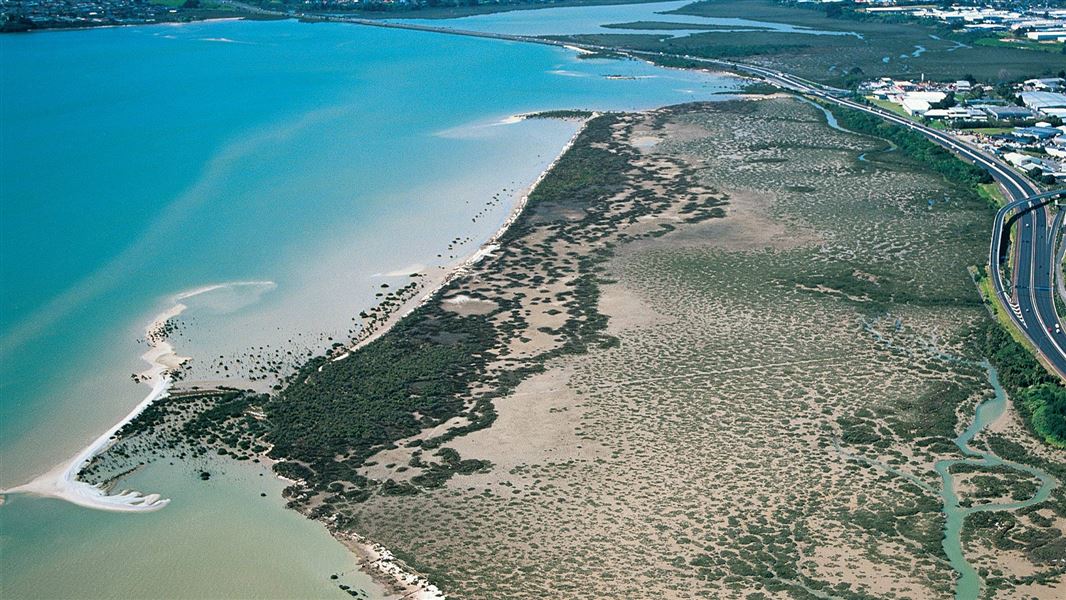
Located in the Auckland region
Introduction
The Mōtū Manawa-Pollen Island Marine Reserve protects 500 hectares of the inner reaches of Auckland's Waitemata Harbour.The marine reserve was established in 1995 and is 500 hectares.

Located in the Auckland region
The marine reserve was established in 1995 and is 500 hectares.